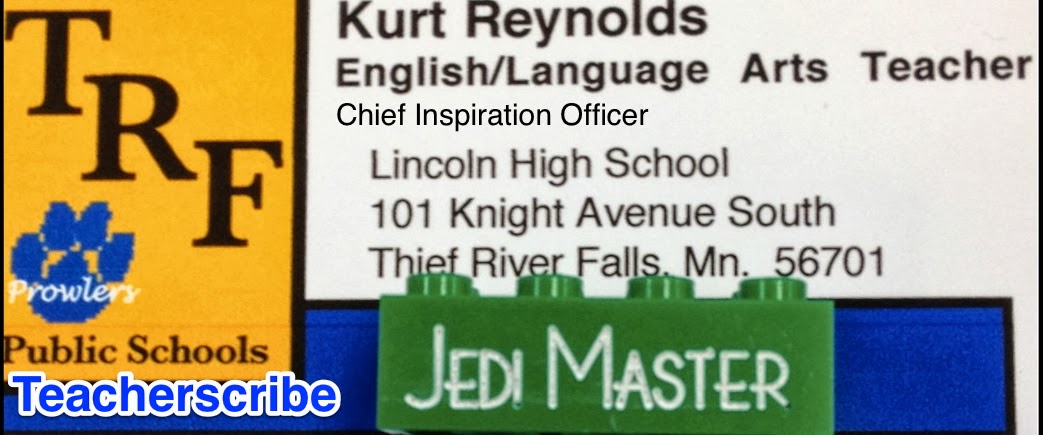Teacherscribe’s Teaching Tip #126
The more I’ve sought out professional development and personal growth materials, the more I see a great connection between the world of (successful) business and the world of education.
So when I came across this article on the 5 reasons 8 out of 10 Businesses Fail, I immediately wondered if it could be applied to why teachers fail.
Turns out it can. There are some nice parallels.
Reason #2 – Lack of real value propositions.
Today’s students absolutely learn in what is called the “just-in time” mindset. That is they live in a world where they well know that they can learn nearly anything only when they really need it.
Is this a shock? Not to me. I only learn how to program my dear iPhone every time I upgrade to a new one. The same thing is true when it comes to using Synergy. Every fall it’s a pain to re-learn how to enter grade and make comments, but I watch a tutorial and nail it. Then I forget all about it until the next school year. Even outside of work this is true. I never think about how to change the headlights in my vehicle. Until they burn out. Then I watch a Youtube video on how to do it, and I replace them. I won’t think about that skill until I have to replace them again. Then I re-learn the process just in time.
This is how the majority of our students learn. Right now as I type this, it’s the final day of my Sci Fi II class at the ALC. One of my students neglected to complete his assignment for “The American Werewolf”, which was a Monsterquest episode I showed on the first day of class. But he is now watching it on his phone, thanks to Youtube, because he needs to learn the information “just-in time” to complete his assignment.
Now, this stands in contrast to how most of us teachers learned. We learned not in the “just-in time” perspective but in the “just-in case” perspective. Do you ever remember learning a formula or piece of knowledge “just-in case” you’ll ever need to use it? That’s how Baby Boomers and Gen Xers were taught, but that world is gone.
So to make our content and materials valuable to students we must adjust to a “just-in time” perspective. I try to do this by addressing the simple question of “When will I ever need to know this?”
The solution - If I don’t have a great answer for that question, I don’t teach it.
Another way of addressing this is what a dear friend of mine used to tell his social studies classes: there are always three kinds of knowledge in my class – the have to know, the need to know, and the nice to know.
The have-to-know is the foundational stuff that everything else builds on. For me in English, it’s MLA format and how to write narratives and expository essays.
The need-to-know is the important stuff that, if you master it, will allow you to earn your precious A – this may include how to effectively analyze a short story for a theme, how to use evidence to support a claim, how to render a scene vividly real through sensory details.
The nice-to-know stuff is the kind of knowledge that will help you excel at Trivial Pursuit – this may include that you can recite three short stories by Nathaniel Hawthorne, that you know Miss Emily was sleeping next to a dead body in “A Rose for Emily” and that “Hills Like White Elephants” is really about abortion.
When we communicate the value of our content, students will see the importance of learning it.
Or at least they should. I never said, though, that they’ll be happy about having to learn it!


No comments:
Post a Comment